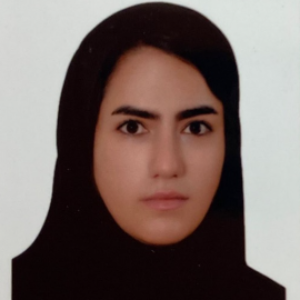Title : The effect of pelvic floor muscle training alone or in combination with multi-session anodal transcranial direct current stimulation in the treatment of sexual dysfunction in female patients with multiple sclerosis
Abstract:
Introduction: Sexual Dysfunction (SD) following dysfunction of the pelvic floor muscles (PFM) is perceived to be more common in women with Multiple Sclerosis (MS) than in the general population. Studies report a prevalence of up to 80% in women. SD is a painful but still underreported and underdiagnosed complication of MS. It seems that concurrent M1 anodal transcranial direct current stimulation (a-tDCS) may prime the effects of pelvic floor muscle training (PFMT) in patients with MS. This study aimed to investigate the effects of M1 a-tDCS on the effectiveness of PFMT in treating women with MS suffering sexual dysfunction.
Methods: Thirty 18–45 years old females with MS (EDSS less than 6.5) were randomly divided into two groups of concurrent multiple session active M1 a-tDCS and PFMT (intervention) and concurrent multiple session sham M1 a-tDCS and PFMT (control) in the randomized double-blinded control trial study. These patients received 20-minute interventions three times a week for eight weeks. Sexual dysfunction was measured by Female Sexual Function Index (FSFI) pre and post-intervention.
Results: The results in the intervention group showed that the pain after intervention was significantly decreased as compared to before intervention (P <0.05). In addition, the rate of satisfaction and total score of sexual function was significantly increased after active M1 a-tDCS and PFMT in the intervention group (P <0.05). Moreover, the rate of satisfaction and total score of sexual function were significantly improved after the intervention in intervention as compared to control group (P <0.05).
Conclusions: This study demonstrates the efficacy of both tDCS and PFMT for improving sexual function in female MS patients, but did not show superiority of any particular method. Further studies are required to investigate the differences between these two methods.
Keywords: Multiple sclerosis, Transcranial direct current stimulation, Pelvic floor muscle, Training, Sexual dysfunction, Sexual Function Index




